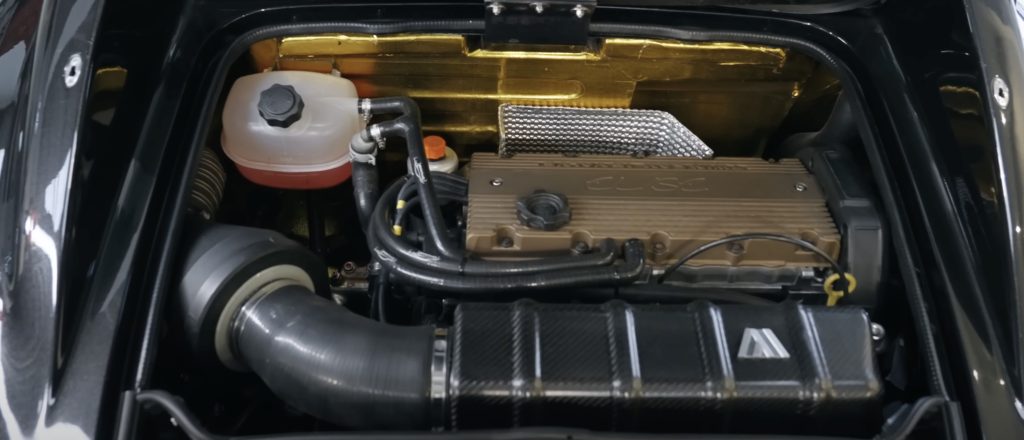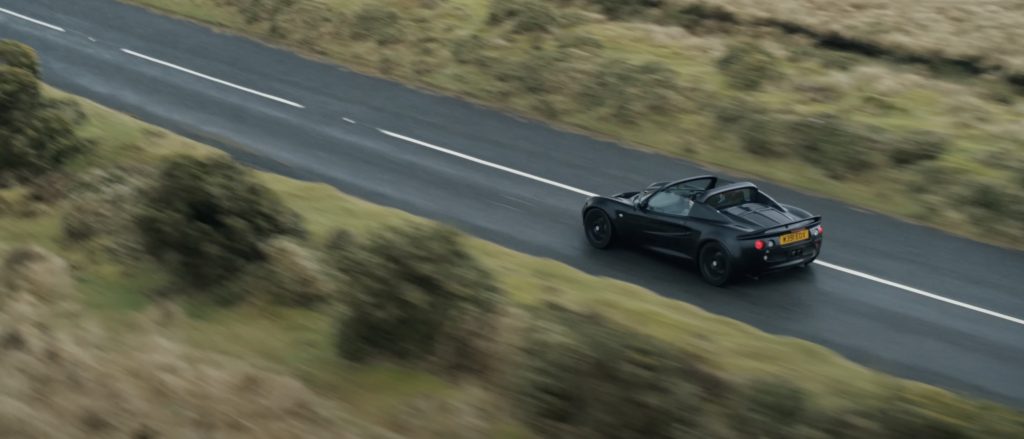The Series 1 Lotus Elise is one of the greats. And so, obviously, is the McLaren F1. As standard, they share a dedication to light weight and driver involvement. They are purity personified.
Now, a new evolution of the Elise from Analogue Automotive takes the connection even further. The SuperSport puts a bit of gold in the engine bay of the Lotus. And it does much more besides.


For a start, the 1.8-litre Rover K Series engine is fully reworked so that it produces 210bhp and 160lb ft of torque. It does this without resorting to any sort of forced induction, yet remains supremely drivable. No lumpy cam histrionics or peaky, narrow power bands here. It’s matched to a close-ratio gearbox, a Quaife ATB limited-slip differential, a lighter flywheel, and motorsport driveshafts.

As Steffen Dobke, founder of Analogue Automotive, explains in the film, the Elise’s chassis has received just as much attention. It begins with a full restoration, stripping the bonded, extruded aluminium tub back as far as it will go so that it can be cleaned up and made as good as new. The rear subframe is also strengthened slightly. The original steel wishbones are replaced, in this case with a wider track and Nitron Clubsport dampers. There is also a quicker steering rack and lightweight steering arms.

Although the beautiful bodywork isn’t fundamentally changed, it appears wider thanks to the lower ride height and some clever alterations to the lights. At the rear, the lower grilles become functional and the reversing and fog lights replace what were previously merely reflectors. It’s all designed to enhance the original, without changing it beyond recognition.
In this episode of The Driver’s Seat, Henry Catchpole not only drives and reviews the Analogue Automotive SuperSport, he also puts to bed a certain myth… involving toothpaste and different colour glues.









